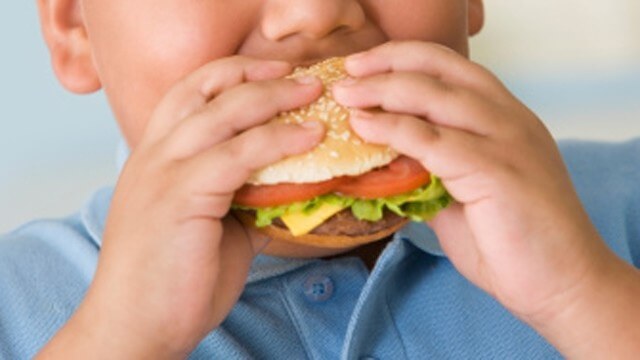
In November 2014, representatives from the Food & Agriculture Association of the United Nations and the World Health Organisation gathered in Rome for the second International Conference on Nutrition.
The conference outcomes document released after the event stated that “improvements in diet and nutrition require relevant legislative frameworks for food safety and quality... while avoiding inappropriate marketing and publicity of foods and non-alcoholic beverages to children, as recommended by resolution WHA63.14”
The resolution being referred to (WHA63.14) was released in 2010. It states that “Member States can adopt a comprehensive approach to restricting all marketing to children of foods with a high content of saturated fats, trans-fatty acids, free sugars, or salt, which fully eliminates the exposure, and thereby also the power, of that marketing.”
So, a global approach is being taken to restrict marketing of junk foods to children. Would plain packaging of these foods, similar to that which has been implemented for tobacco here in Australia, help to combat the childhood obesity problem?
How Bad is the Childhood Obesity Problem in Australia?
In Australia, one in four children are overweight or obese. While this seems high, it should be noted that this figure has plateaued since 2004 and the rate has remained more or less consistent at 25%.
On the plus side, the amount of sugar consumed by children has been falling over the years, and the amount of fruit and vegetables consumed have been increasing. The percentage of fat in our diets has fallen from 40% in 1960 to 30% today.
The one in four statistic changes significantly when considering different demographic groups. In lower socio-economic ethnic communities the childhood obesity rates can jump as high as 36%.
And interestingly, whilst childhood obesity rates appear to have plateaued, adult obesity rates have not and are still increasing.
How Effective has Plain Packaging Been in Reducing Tobacco Usage?
In 2011, the Tobacco Plain Packaging Act was introduced in Australia. As part of this act, store and internet advertising of tobacco products has been banned, and product packaging needs to be at least 75% covered in health warnings.
The introduction of such packaging seems to have had a positive effect on reducing tobacco consumption. According to one study, consumers smoking from plain packs perceived their cigarettes to be lower in quality and less satisfying, more smokers thought about quitting at least once a day per week and quitting smoking was rated as a higher priority in their lives.
Australia's Quitline recorded a prolonged 78% increase in calls to their service following the introduction of plain packaging that couldn't be attributed to anti-tobacco advertising, increased costs or other causes other than the plain packaging.
Would Plain Packaging also help to Reduce Junk Food Consumption?
There's no doubt that the packaging of many processed foods has a strong appeal for children with the use of bright colours, animal shapes and cartoon images being widespread throughout such products.
If that appeal is reduced by introducing regulations such as plain packaging, then we could reasonably expect that children would find such foods to be less satisfying, as smokers did when smoking cigarettes from a plain pack.
The idea of regulating junk food packaging was proposed and knocked back in 2013. At the time, Queensland Health Minister, Lawrence Springborg stated that an $8m anti-obesity campaign would not include any changes to food packaging. These sentiments were echoed by a spokesperson for the federal health minister, Tanya Plibersek, who also raised the concern that graphic images on food packaging could contribute to eating disorders.
Others disagreed with this. Queensland father Oliver Hort highlighted the challenges of eating healthily with a young family. "Anything to get people's attention away from the lure of junk food is a good thing," Mr Hort said. "I'd like my girls to be able to make healthy choices in the future."
"When The Wiggles are printed on something, it makes children want it more," he added.
And in New Zealand, Otago University professor of marketing Janet Hoek said tobacco use there had halved since the introduction of policies to restrict the way it was marketed.
She called on the NZ Government to do the same for junk food, telling the New Zealand Herald "it makes sense to examine the potential these policies could have in reducing consumption of foods associated with obesity."
It remains to be seen if junk food plain packaging will be introduced as part of an effort stemming from the International Conference on Nutrition. Either way, with resolutions being introduced to reduce the effectiveness of marketing such products to young people, we may be seeing some changes coming into effect soon.





